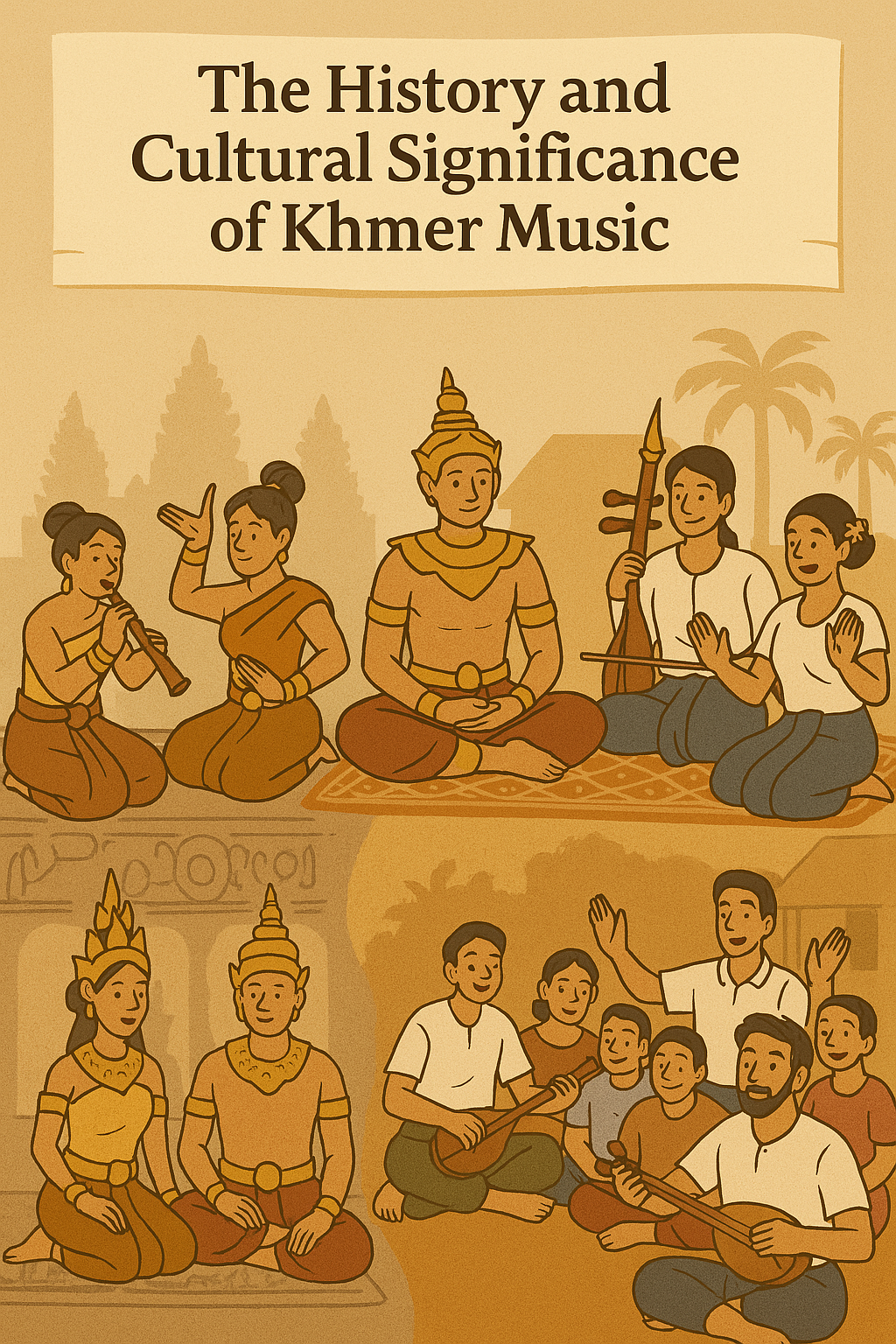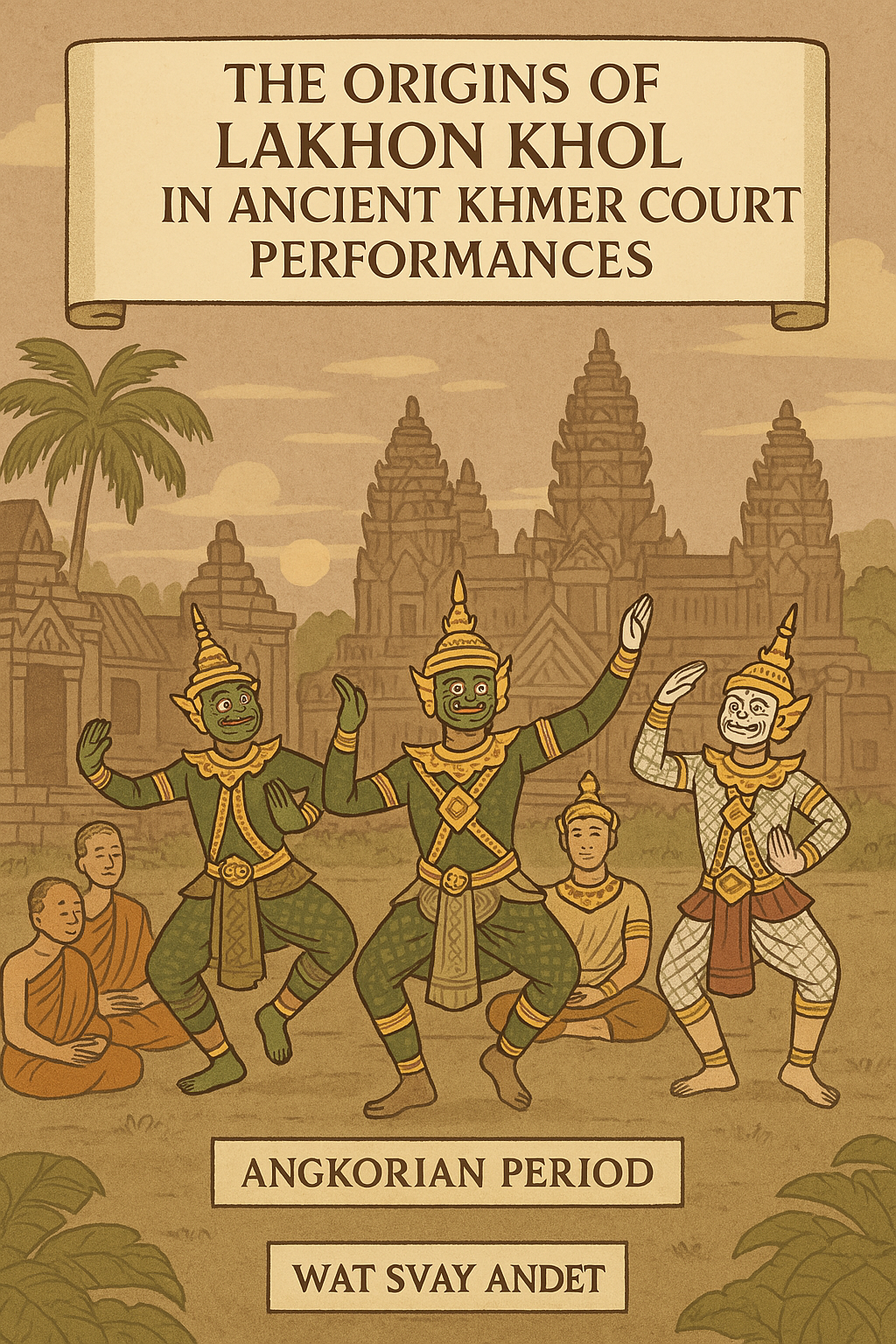Opera in Cambodia isn’t confined to grand halls or Western forms—it thrives in the open-air stages of villages and temples. Yike and Lakhon Bassac, two dynamic genres of Khmer opera, blend drama, dance, music, and cultural fusion into powerful storytelling traditions that continue to resonate with audiences across generations.

1. The Origins and Development of Khmer Opera Traditions
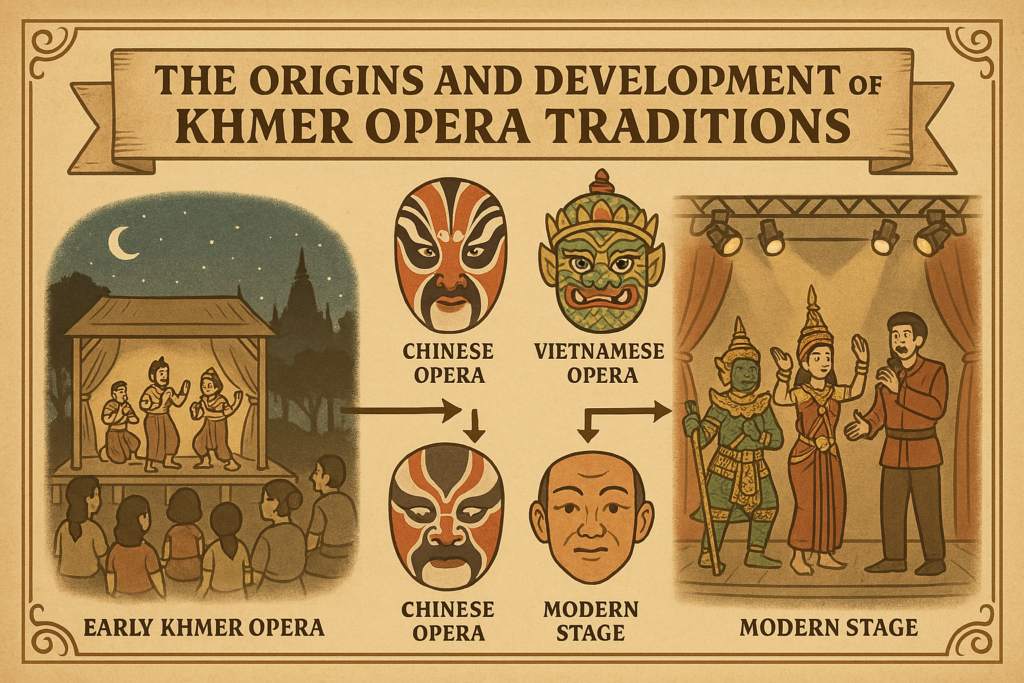
Cambodian opera traces its roots to the post-Angkorian period (16th century onward), evolving as a form of popular theatre to convey myths, history, and moral teachings through song and movement. Influences from Indian classical traditions, regional folklore, and later Vietnamese and Chinese operas helped shape the diverse expressions of Khmer opera.
These performances were accessible, emotional, and didactic, meant to educate, entertain, and reinforce cultural identity—especially in rural areas with limited access to formal education.
2. Yike: The Blend of Theater, Music, and Dance in Cambodian Storytelling

Yike (យីកេ) is one of the oldest and most sacred Khmer performance arts. It fuses:
- Chanted verse and improvised dialogue
- Slow, spiritual dance movements
- Traditional music centered around the Skor Yike drum
Key characteristics:
- Often performed barefoot on circular bamboo stages
- Themes include Buddhist Jataka tales, local legends, and morality stories
- Dancers use highly ritualized gestures similar to classical dance, but more expressive
Yike is deeply rooted in Muslim Cham and Khmer folk culture, particularly strong in southern Cambodia. Its spiritual depth and rhythmic foundation set it apart as a semi-sacred form of rural opera.
3. Lakhon Bassac: Cambodian Folk Opera Influenced by Vietnamese and Chinese Culture
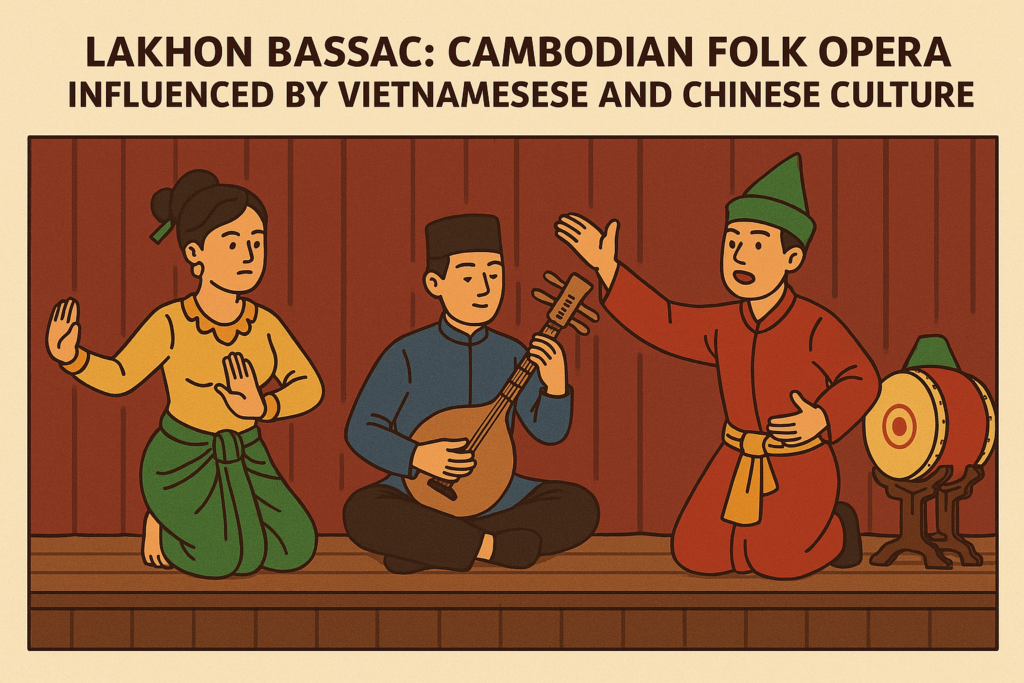
Lakhon Bassac (ល្ខោនបាសាក់) originated near the Bassac River in the southeast, reflecting cross-cultural exchange with Vietnam and China. It is more theatrical and humorous compared to Yike.
Defining features:
- Use of dialogue, exaggerated gestures, and spontaneous humor
- Colorful costumes, face makeup, and dramatic props
- Accompanied by Western instruments like violin and trumpet alongside Khmer percussion
- Stories are often secular, romantic, or comedic
Lakhon Bassac is lively and accessible, popular at festivals, weddings, and open-air village stages. Its appeal lies in its versatility—switching between satire, romance, tragedy, and even political themes.
4. The Significance of Costumes and Props in Yike and Lakhon Bassac

In both forms of Khmer opera, costumes and props are key to storytelling:
- Yike performers wear stylized classical costumes resembling those in Lakhon Khol or Apsara, often with fewer embellishments for mobility.
- Lakhon Bassac features vibrant, mixed-style outfits—Chinese opera-inspired robes, crowns, and warrior armor.
- Props like fans, swords, staffs, and umbrellas are essential to mark character status, emotion, or plot action.
Face makeup in Lakhon Bassac may include exaggerated eyebrows, painted mustaches, or animal features, enhancing the dramatic or comedic tone.
5. How Khmer Opera Was Used to Educate and Entertain Rural Audiences
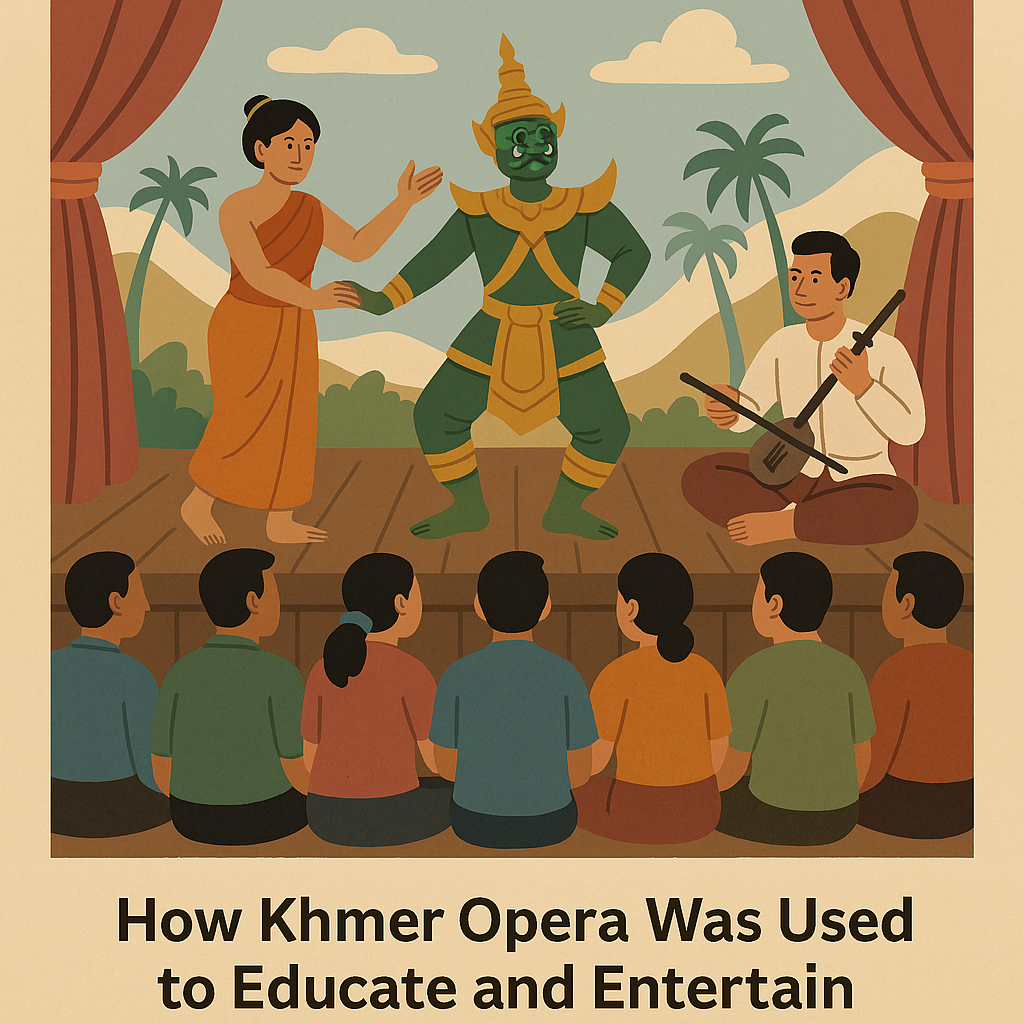
Both Yike and Lakhon Bassac served as cultural classrooms, especially in the countryside:
- Moral teachings on karma, honesty, and loyalty
- Historical legends that promote national pride
- Buddhist values and lessons about compassion and humility
- Entertainment that unified communities and marked religious or festive occasions
Their musical call-and-response patterns, satire, and spectacle kept audiences engaged, even without formal education or literacy.
6. Modern Adaptations and Performances of Yike and Lakhon Bassac

While these art forms declined during the Khmer Rouge regime, they have since experienced a gradual revival:
- Cultural troupes now perform adapted versions of Yike and Lakhon Bassac in urban and rural festivals
- Television and YouTube have brought new life to classic stories
- Blended performances now mix opera with contemporary dance and theater
- NGOs and academic programs at institutions like the Royal University of Fine Arts are working to train new performers and preserve repertoire
Yike and Lakhon Bassac remain living traditions—revered for their cultural value while continuing to evolve with time.
Conclusion: The Soul of Khmer Theater
Yike and Lakhon Bassac are more than opera—they are emotional tapestries of Cambodian life. From the sacred verses of Yike to the bold humor of Lakhon Bassac, these forms offer a window into Khmer history, belief, resilience, and creativity.
By reviving and reimagining these traditional operas for modern audiences, Cambodia keeps alive a powerful heritage—one stage, one verse, and one dance at a time.




